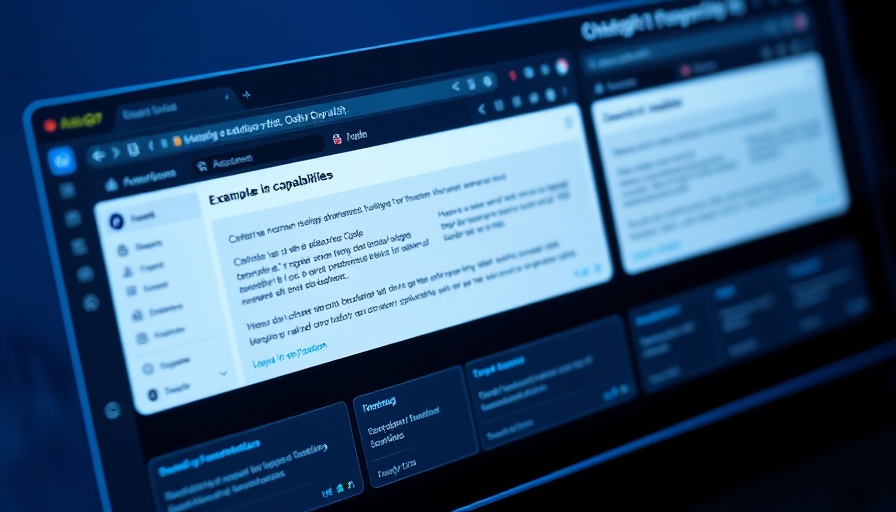
Understanding the Nature of AI: What 'Learning' Really Means
Artificial Intelligence (AI) systems often make confident claims about their ability to learn and adapt. This assertion, however, has led to a widespread misconception. While the term “learning” might evoke images of humans absorbing information and evolving through experiences, AI operates on a fundamentally different paradigm.
AI systems, including advanced models like ChatGPT, do not learn through lived experiences or the accumulation of memories. Instead, they function by encoding patterns from vast datasets during an intensive training phase. This mathematical approach allows AI to make predictions and generate text, but it lacks the nuanced understanding that human learning entails.
Why This Misunderstanding Matters
Recognizing how AI systems operate is essential for productive usage. When users mistakenly believe that AI learns like a human, they may over-rely on these systems, expecting them to behave with human-like adaptability. In reality, once an AI model is trained, its ability to learn essentially halts. This can lead to challenges, particularly in understanding context and commonsense knowledge, areas where humans excel due to their lived experiences.
This distinction is crucial for decision-making in workplaces and industries increasingly driven by AI. As A.I. is integrated into workplaces, understanding its limitations empowers users to utilize it more responsibly. This includes applying AI in scenarios where its lack of human-like learning is a non-issue, thereby improving productivity while mitigating risks associated with overemphasizing its capabilities.
Debunking Myths Surrounding AI Learning
Some myths persist about AI's capabilities that complicate its responsible use in various industries:
- Myth #1: AI systems continuously learn. In truth, AI does not continue to learn after the training phase without additional input and retraining. Users should not expect ongoing improvement from AI's experiences.
- Myth #2: All AI learning is beneficial. While AI can analyze data effectively, it lacks the ability to discern ethical boundaries or human emotions, making it essential for humans to supervise its usage.
- Myth #3: AI can make decisions independently. AI does not have autonomy to operate outside the parameters set by human operators. This is an important nuance to maintain accountability.
Future Predictions: The Evolving Role of AI in Society
As AI technology continues to evolve, its role in businesses and everyday applications is expected to expand significantly. Companies will increasingly utilize AI for efficiency and productivity, particularly in data-driven fields such as marketing, logistics, and finance. However, with this evolution comes the critical responsibility of ensuring ethical practices in AI deployment.
The focus on Responsible AI governance is becoming paramount. Organizations must establish clear frameworks that guide AI implementation, ensuring both effectiveness and transparency. Responsible AI means not only harnessing the power of AI but also understanding the potential for bias and ethical dilemmas inherent in its use. The conscious integration of ethical considerations into AI strategies will help cultivate trust and accountability.
Actionable Insights: Using AI Responsibly
To navigate the complexities of AI, consider these actionable strategies:
- Educate Yourself and Your Team: Understanding AI’s limitations allows users to set realistic expectations and apply technology accordingly.
- Implement Clear Guidelines: Establish guidelines that dictate how AI should and shouldn’t be used in your organization.
- Continuously Monitor AI Performance: Regular assessment of AI outputs ensures that the systems remain within ethical and operational parameters.
In Conclusion: Embracing AI with an Informed Perspective
As AI becomes an integral part of various sectors, understanding its functionality and limitations is key. By debunking myths, embracing responsible practices, and actively educating users, businesses can harness AI's potential more effectively. Stay proactive in educating yourself and your team to foster an environment where technology enhances human capability, rather than creating dependencies based on misconceptions.
 Add Row
Add Row  Add
Add 




Write A Comment